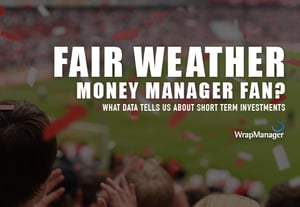Understanding the Cost Basis Impact of Stock Splits & Reverse Stock Splits
Consider this Scenario
Your friend Bill owns a stock that just went through a 2-for-1 stock split and another stock that had a 3-for-4 reverse stock split. He is unsure how these actions will impact his cost basis per share for these stocks.
Stock Split: A stock split is a corporate action that takes places when a company divides its existing shares into multiples shares to boost the shares liquidity. Although the number of shares outstanding increases by a specific multiple (such as 2-for-1 or 3-for-1) the total value of the shares held by a shareholder does not change. So, if you held 3 shares and the company held a 2-for-1 stock split you would now hold 6 shares, but the total original value would not change.
Reverse Stock Split: A reverse stock split is a corporate action that happens when a company reduces the total number of its outstanding shares. A reverse stock split decreases the number of a company’s outstanding shares by a specific multiple (such as 1-for-5 or 1-for-10) and simultaneously increases the price per share. These are also known as a stock consolidation or share rollback. So, if you held 5 shares valued at $20 each and the company held a 1-for-5 reverse stock split, you would now hold 1 share valued at $100.
A company may have their stock go through a stock split in order to make the stock seem more affordable to smaller investors. A company may have their stock go through a reverse split in order to meet the minimum share price for inclusion on a particular stock exchange.
[+] Read More

















